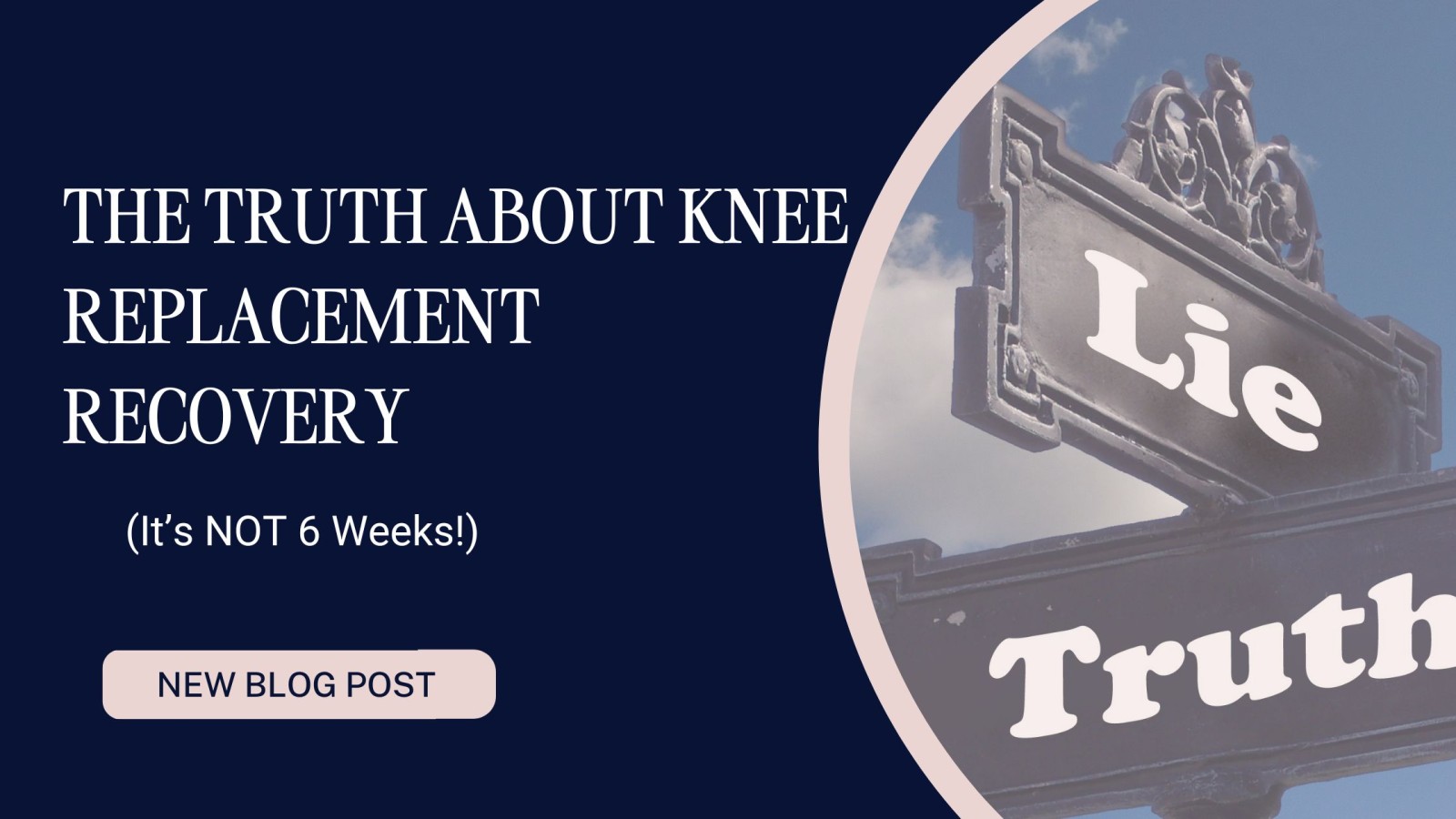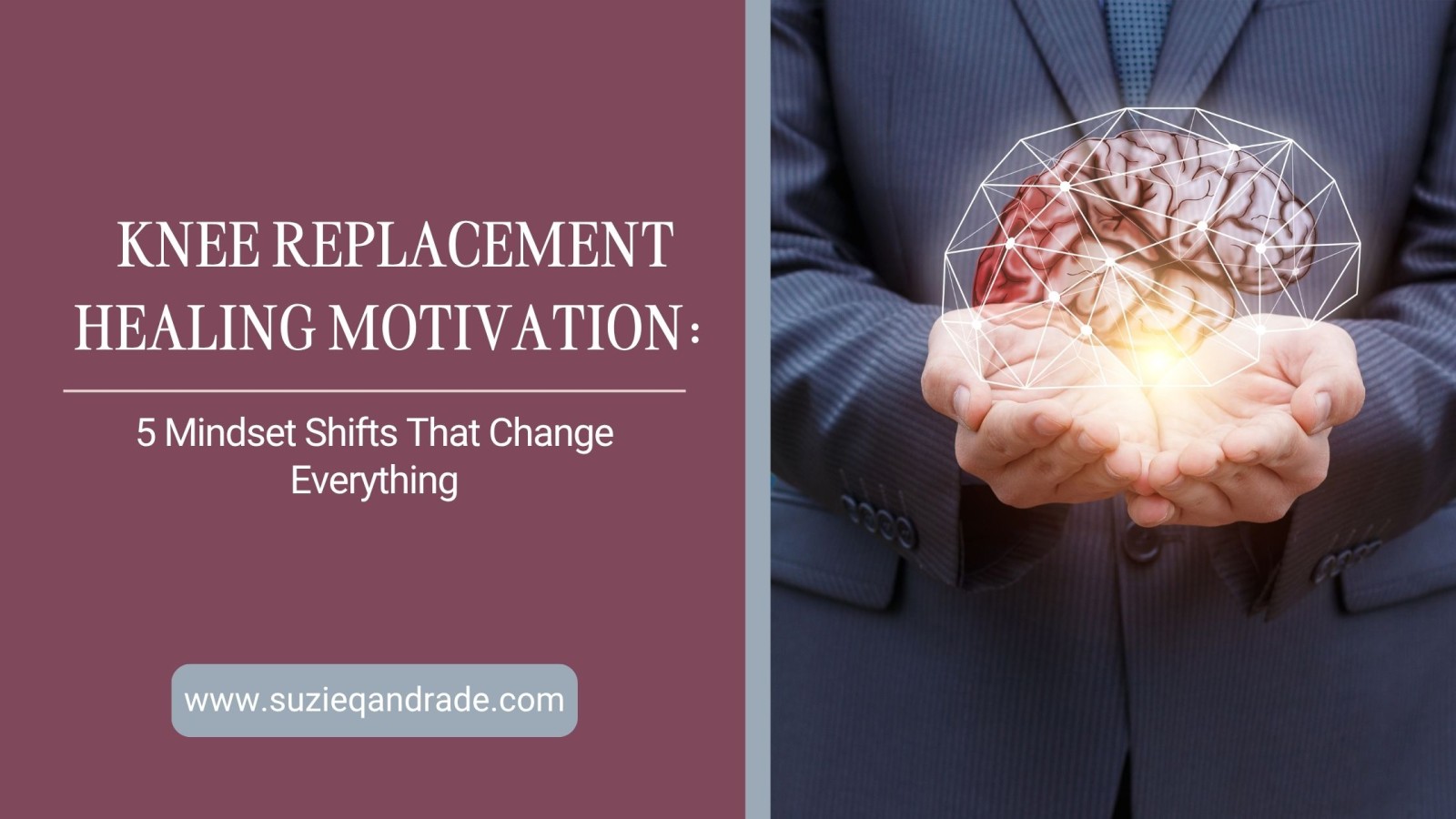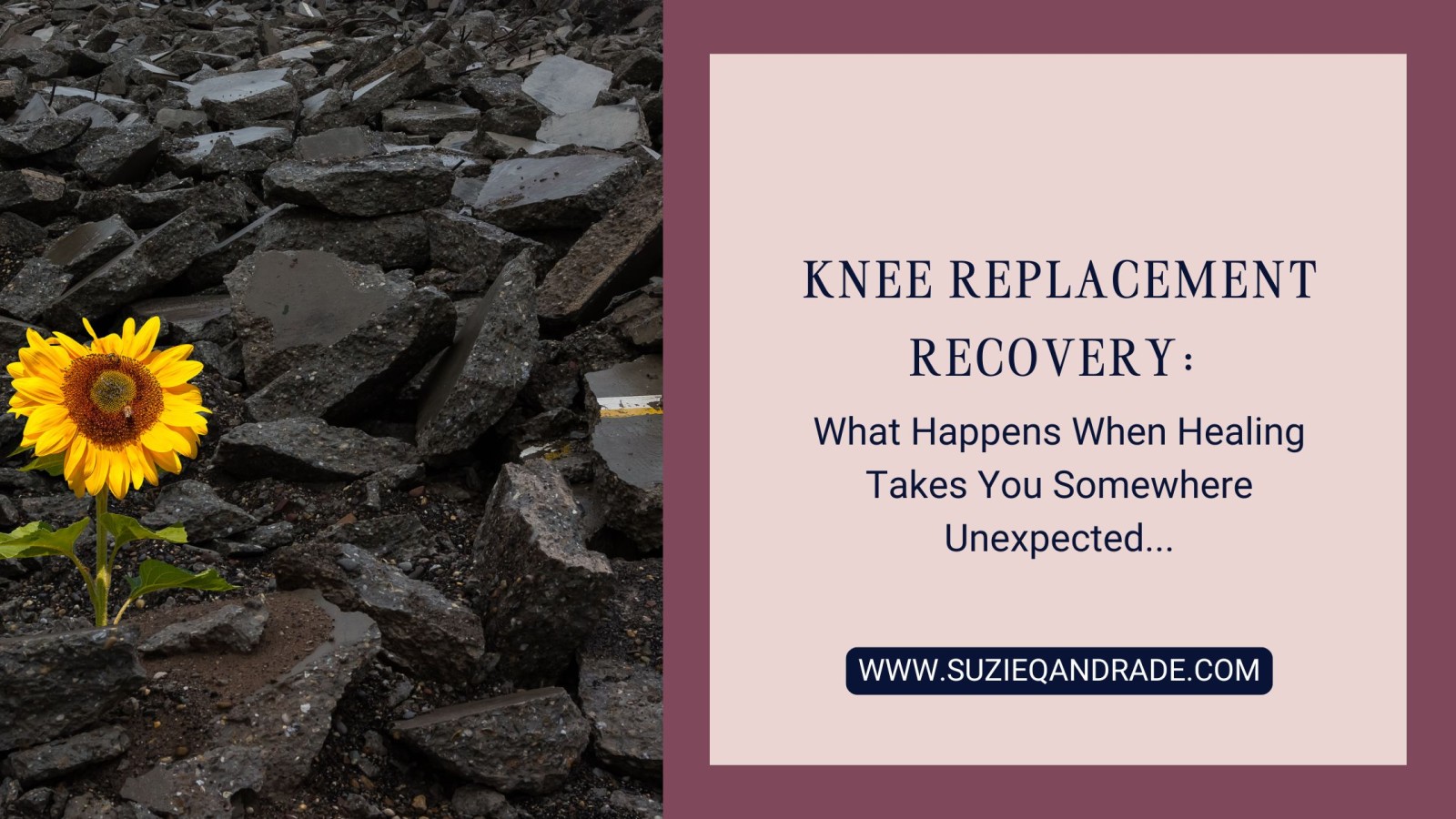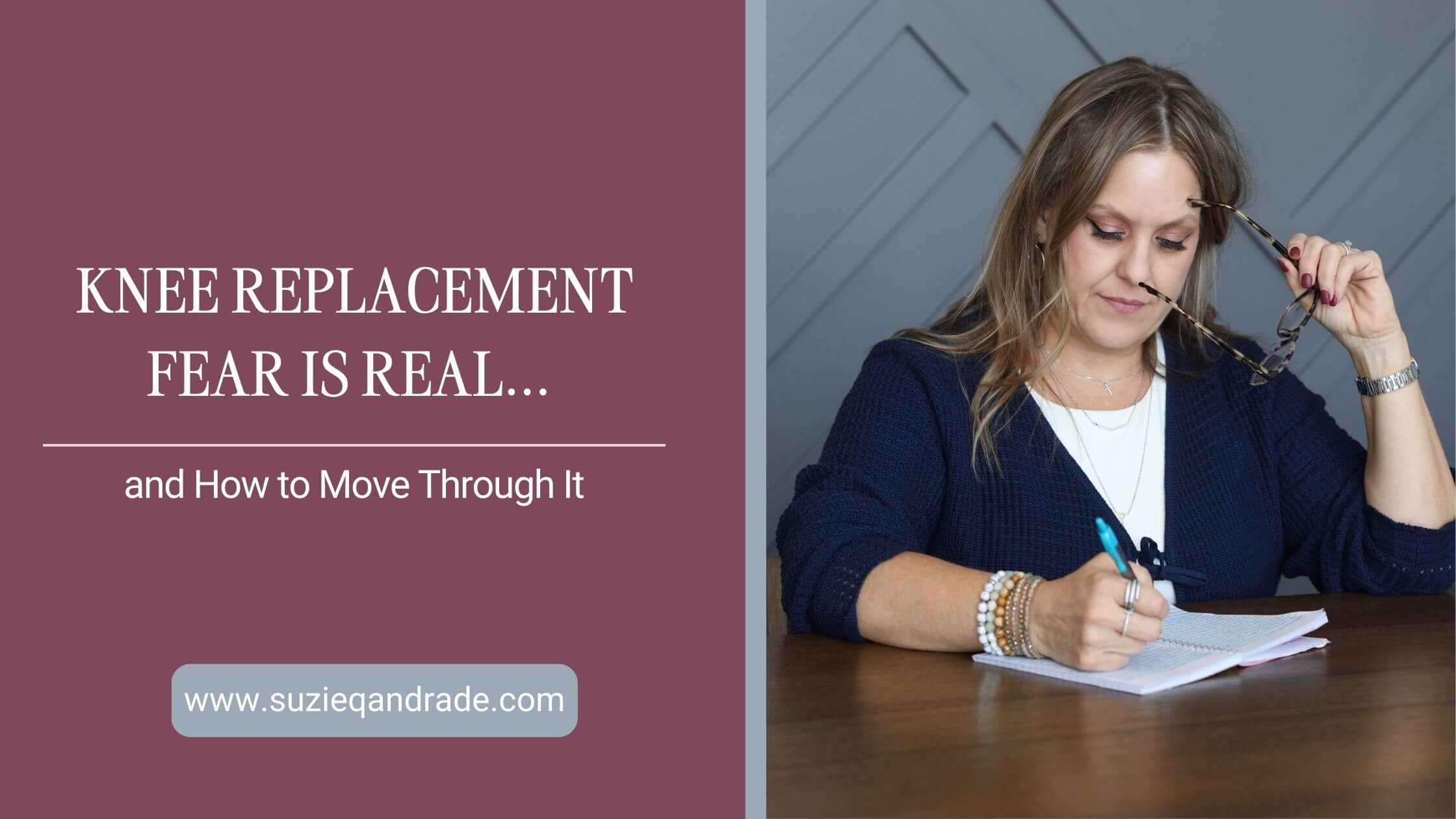
If you’re facing knee replacement surgery, chances are you’ve already said the words: I’m terrified. I’m petrified. I’m scared out of my mind. Those are heavy words. And they’re real. The truth is, most of that fear comes down to one thing — the unknown.
Nobody really prepares you for the mental and emotional side of this surgery. Your surgeon will tell you what the procedure involves. Your physical therapist will walk you through exercises. But who sits you down and says, “Hey, let’s talk about the fear you’re carrying”? That part usually gets skipped, and it’s exactly what most of us need the most.
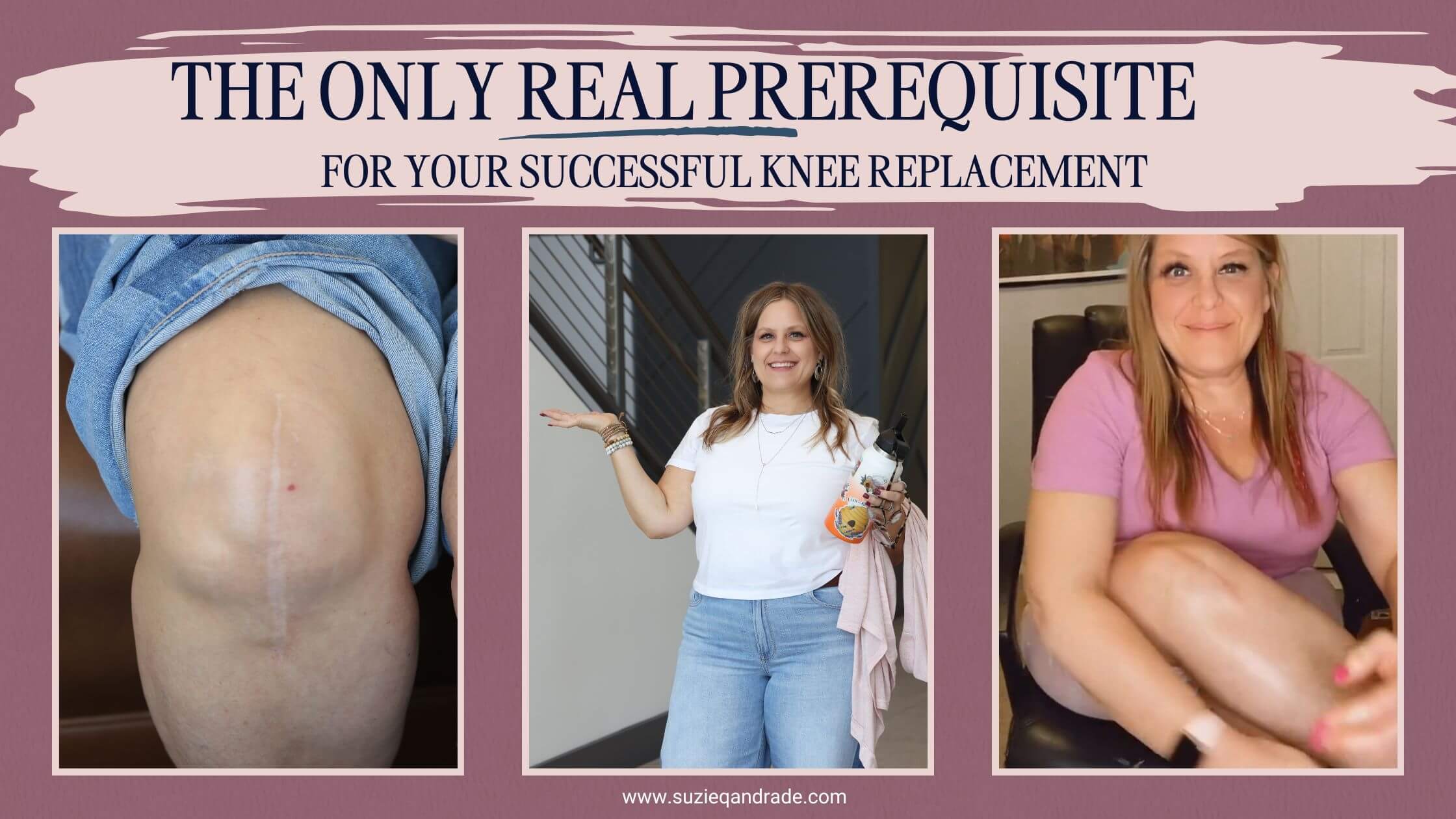
It’s easy to think of want as something shallow — like, “Sure, I want a good outcome, but that’s not up to me.”
But actually... it is.
Desire is what gives your want meaning.
Desire turns “I hope I get better” into “I will do whatever it takes to recover fully.”
Desire turns “I hope I get better” into “I will do whatever it takes to recover fully.”
And that’s exactly what I did.
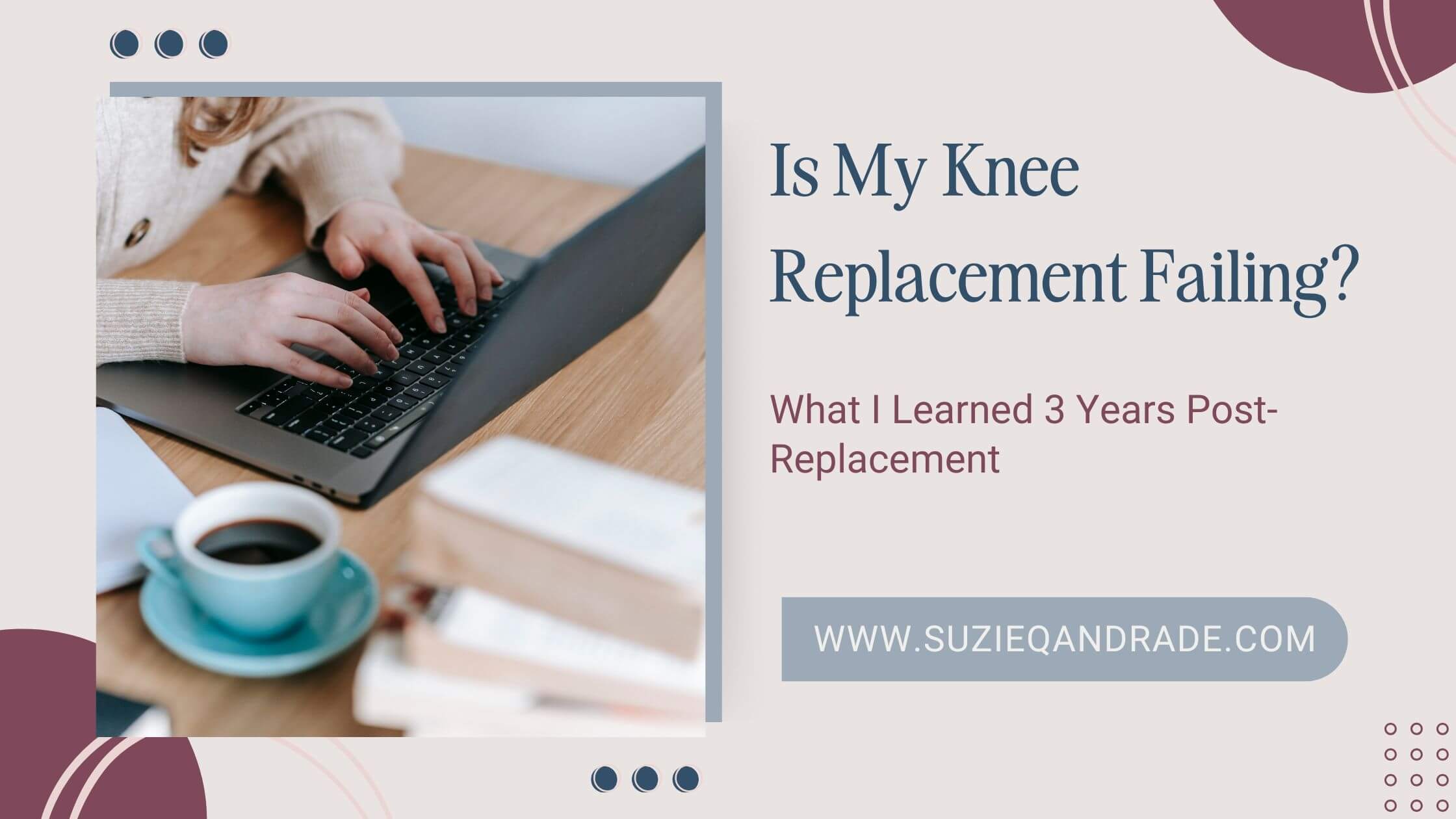
My brain didn’t hesitate: Is my implant coming loose? Did something go wrong?
Even though I’m nearly three years post-op on that knee, I still went straight to the worst-case scenario. Because that’s what we do. Something unexpected happens, and we assume it’s the implant. It’s the last big thing we did, so our minds grab onto it.

You want to stay positive. You want to trust the process. But some days, the stillness gets loud.
Surrender sounds nice — until you’re forced into it. Until everything feels slow and uncertain and you’re left asking God why this is taking so long.
But somewhere in the middle of the waiting, something deeper starts to settle. That maybe you’re not doing this alone…
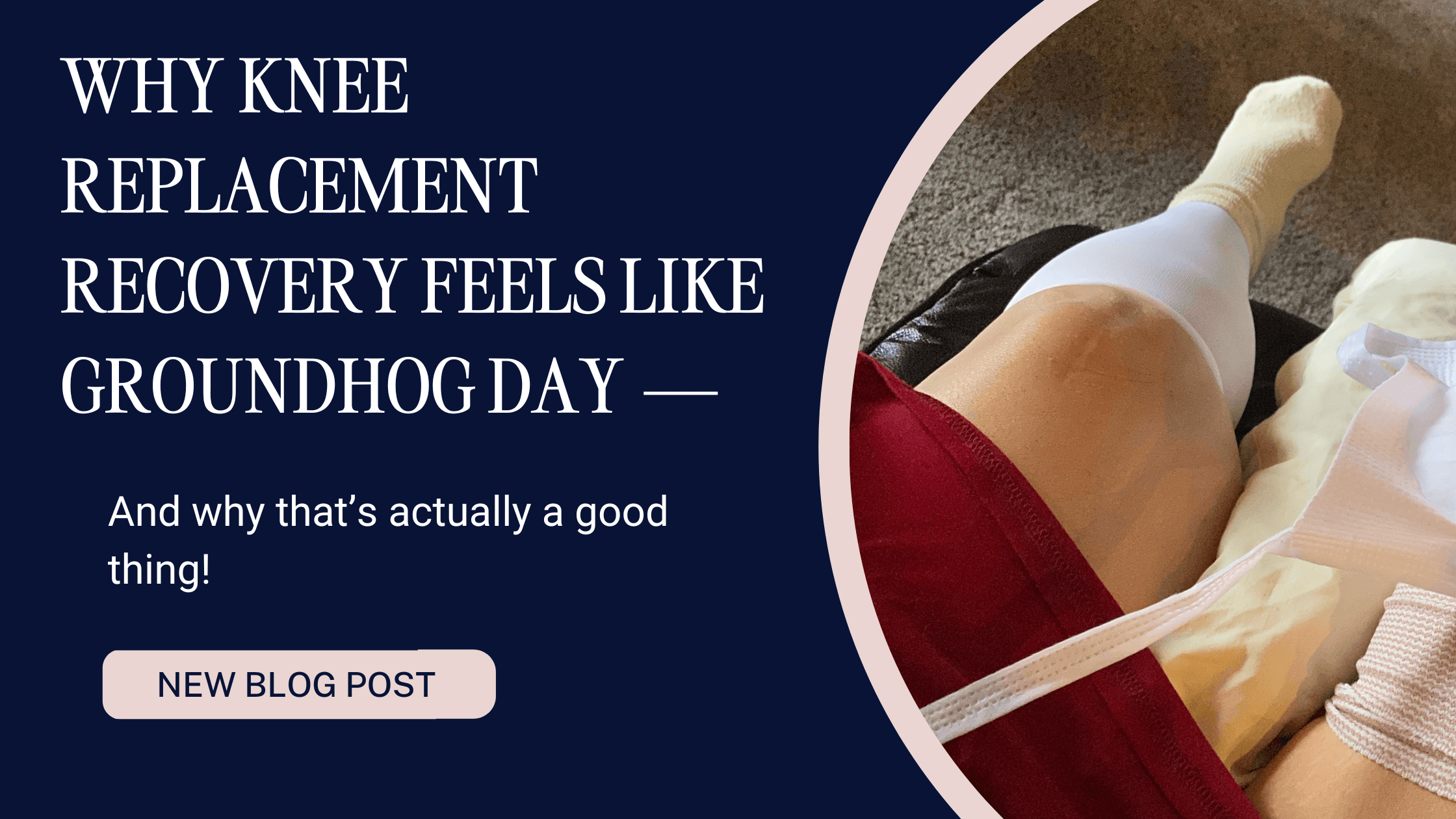
There’s a part of knee replacement recovery that nobody really talks about enough — and it’s what I call the Groundhog Day Effect.
(Yes, like the old Bill Murray movie where he’s trapped in the same small town, waking up to the same song, eating at the same diner, stuck in the same loop over and over.)
(Yes, like the old Bill Murray movie where he’s trapped in the same small town, waking up to the same song, eating at the same diner, stuck in the same loop over and over.)
Here’s what it looks like in real life:
You go to physical therapy.
They add one new exercise to your routine — just one — and somehow, it’s the one that feels like it completely takes your knee out.
You go to physical therapy.
They add one new exercise to your routine — just one — and somehow, it’s the one that feels like it completely takes your knee out.










